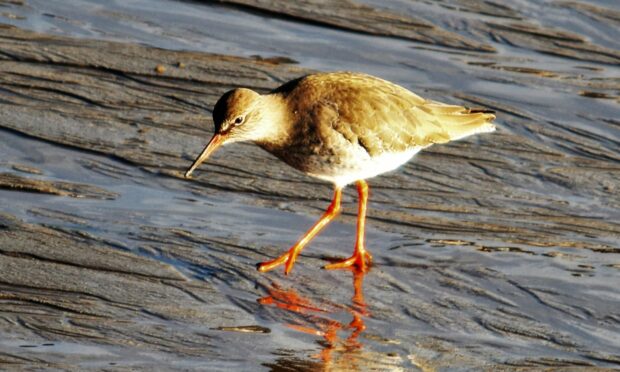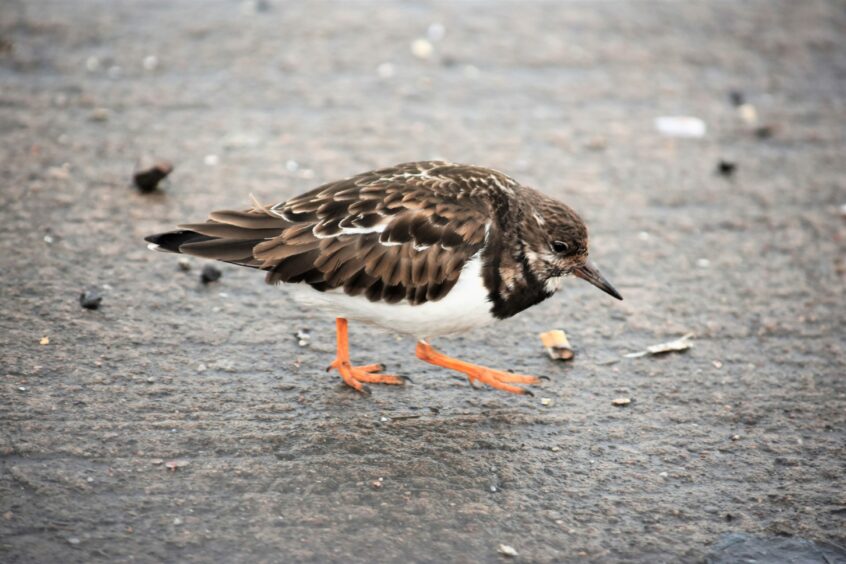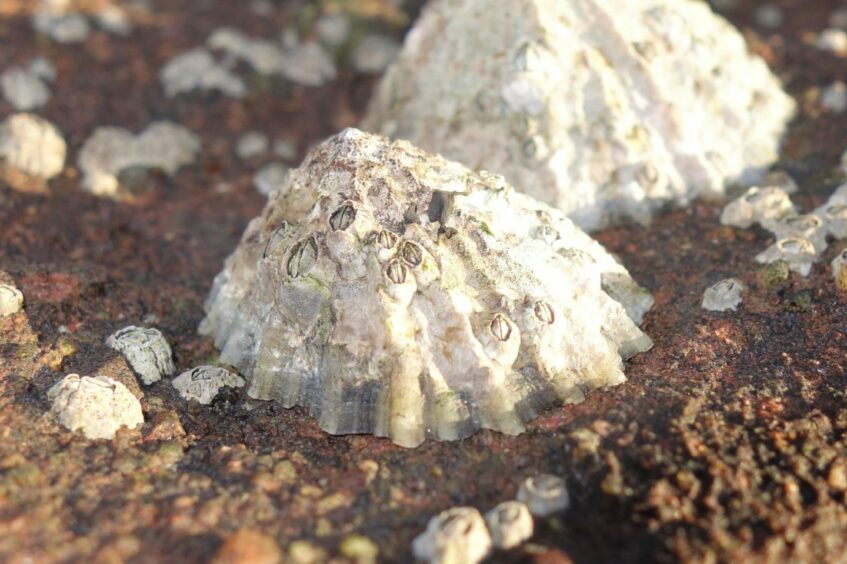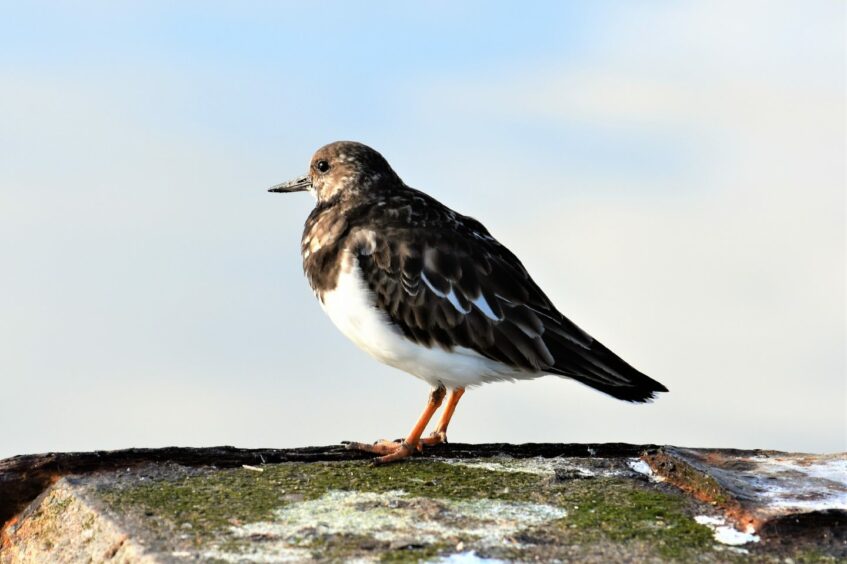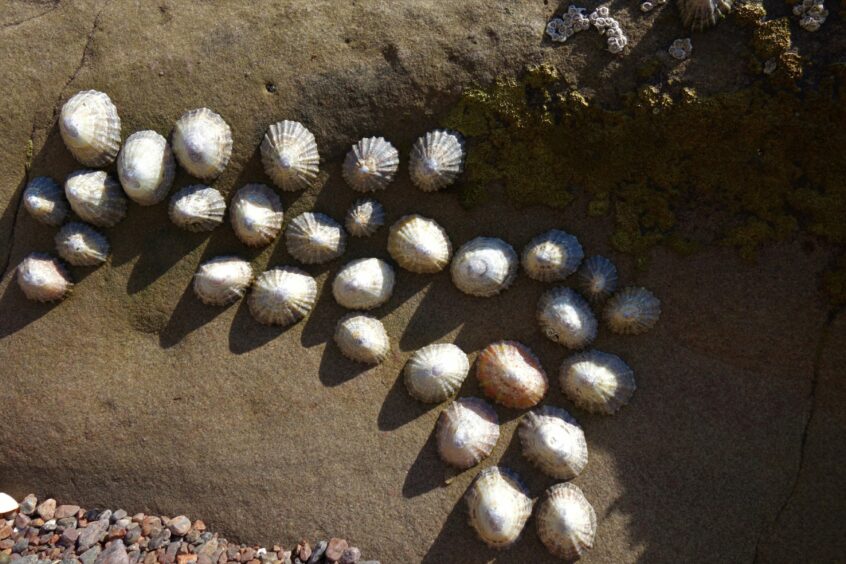A redshank probed its bill into the mud by the harbour margin at Johnshaven, and on pattering feet, a pair of turnstones dashed this way and that along one of the breakwaters.
I adore visiting east coast harbours in winter, for they are havens for wildlife, which thrive under their protective embrace, ensuring safe places to forage and shelter.
Peterhead and Fraserburgh are two my favourite harbour haunts, where grey seals and eider ducks abound, and which always provide the tantalising possibility of spotting scarce white-winged northern species, such as Iceland or glaucous gulls.
However, the much smaller harbour of Johnshaven, which lies between Stonehaven and Montrose, was delivering its own wildlife delights.
As I explored its confines, a tumbling flight of dunlins swept low across the sea just offshore, and oystercatchers, with their shiny red bills glinting in the sun, repetitively called a piercing ‘kleep, kleep’.
Limpets
The tide was out, and by one of the breakwaters clung a cluster of limpets.
They are most fascinating creatures, housed in their distinctive pyramidical shells.
Limpets display remarkable adhesive powers through their ability to tenaciously cling to rocks, some species can change sex, and their teeth are made of one of the strongest materials known to nature.
Limpets give all the appearance of being sedentary in habit, but nothing could be further from the truth, for they embark on regular foraging excursions, where they graze the rocks for microscopic algae before returning to their favourite resting places.
Such is the power of limpets’ rasping teeth that they erode rocks, and it is common to see small cup-shaped impressions on inter-tidal boulders, which have been scoured by these incredible molluscs.
Sandpipers
I wandered north, away from the harbour, and spotted a small group of purple sandpipers by the edge of the rocky shore, dancing in and out from the crashing surf, looking for invertebrates such as small winkles that had been dislodged by the ocean surge.
This must be a regular haunt for purple sandpipers, because I recall seeing them here on a previous visit a few years ago.
They are attractive little waders, which breed in Norway, although some of the wintering population on our northern and western coasts may hail from as far afield as Canada.
Later that morning, I ventured a short distance further up the coast to the small harbour at Gourdon.
A cormorant roll-dived for fish in the harbour basin and herring gulls whirled around the outside of the southernmost breakwater, where the crashing sea was unveiling a bounty of rich pickings.
A lone great black-backed gull stood aloof on top of a large boulder.
I imagine many people would regard great black-backed gulls as having the look of the brute about them.
However, I find their strength and power compelling, and the stark contrast between their charcoal wings and back, against the snow-white head and underparts, strangely alluring.
Great black-backed gulls epitomise the power of the ocean, and the life and death struggle endured by all the creatures held within.
